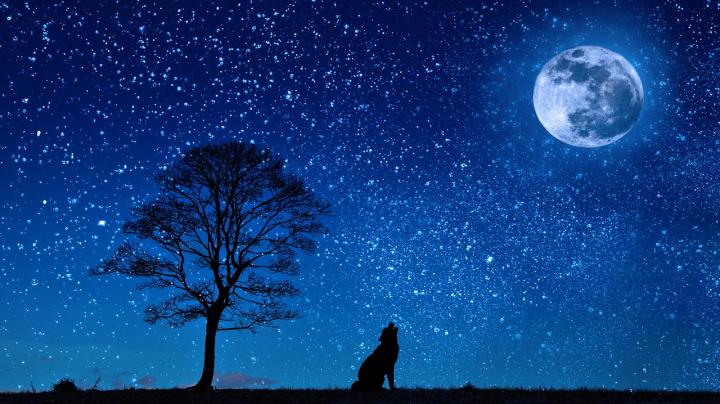
“Drink in the moon as though you might die of thirst.”― Sanober Khan
In earlier times many sophisticated societies such as the Greeks, the Romans and Native Americans considered the Moon central to their lives. They lived by a Moon Calendar — not the Gregorian Calendar we use today. The full Moon tomorrow night, our January Moon, was called the Full Wolf Moon by Native Americans because in this lean month, starving wolves howled around their villages. http://www.almanac.com/content/full-moon-names The hungry wolf along with the grim reaper are common images in our folk lore, representations of how bad things can get when food runs low. If starvation was the penalty for bad gardening, it is easy to see why our ancestors reached for the Moon as an ally.
Some of the best modern gardeners I know engage in the practice of Moon gardening. I have promised myself from time to time that I’ll try it. I haven’t yet for several reasons. First, critics grumble that there is no scientific evidence to support it. I would pity anyone trying to apply the scientific method to a garden; every year is so different. There is invariably an early killing frost, a tree-bud-destroying heat wave or some other variant that gardeners live with day after day, year after year.
There is also a long history of mistaken beliefs about the Moon. For example, the idea that the Moon causes insanity has been thoroughly debunked. Over 2000 years ago, Roman agricultural writer, Varro, wrote a lively and interesting treatise on country life, Res Rusticaes; but, unversed in genetics, he advises that cutting hair during a waxing Moon creates balding.
And my last reason for not yet gardening by the Moon, is simply that my life sometimes conflicts with the lunar planting calendar. Out of town for even a long weekend, I’ll miss a lunar window; or, unable to walk on my clay soil after many days of rain, I plant when I can.
On the positive side, and it is a big positive, gardening by the Moon connects us to the heavens. “We need emotional content….Don’t think, feel. It is a like a finger pointing the way to the moon, don’t concentrate on the finger or you will miss all that heavenly glory.” Bruce Lee Enter the Dragon. Life seems awfully short to miss any heavenly glory we might find in a garden.
And what about the connection plants might have with the moon? Humans do not have an exclusive claim on emotions; animals have rich emotional lives and I believe plants do too. Plants are sentient beings…I think so anyway, and I’ll post at length on that subject one day. But sentience aside, a powerful reason to believe that plants and the moon have a sophisticated and complex relationship is that plants have been around for 450 million years. We, “modern” humans, have been around for arguably about 200,000 years. Humans feel the mystery and magic of the Moon and we should at least entertain the idea that there are mysteries and magic going on between plants and the Moon that are beyond our comprehension.
In the end though, magical thinking is not necessary for Moon gardening; the practice has been boiled down to some very practical observations.
I am supposed to plant root crops from the day after tomorrow’s full Moon to the day before the new Moon on the 27th. This is lucky advice since I have carrot and beet seeds I had already planned to plant directly in the garden this week. The carrot seeds were purchased, I am sorry to say, from the grocery store rack (such a busy Christmas this year); the beet seeds are left over from the spring when I ordered from my favorite seed house, Johnny’s Seeds. I read that the gravitation pull is high during the full moon, creating more moisture in the soil; further, that when the moonlight is decreasing over the next two weeks, energy will flood the plant roots. This is a happy idea since root vegetables struggle in my clay soil.
Above ground crops should be planted after the new Moon. I am advised to plant such flowers and vegetables when the Moon is waxing. I have spinach, lettuce and snapdragon seed that I was planning to germinate in my kitchen this week. But the Moon will be waning beginning tomorrow; and I should wait and plant these seeds following the dark nights after the new Moon. When the Moon is new it is in line with the Sun and Earth and the gravitational pull of the Moon is at its height. The lunar gravity pulls water up and will, theoretically cause my little spinach, lettuce and snapdragon seeds to swell and burst. My problem is that January 27th, the date of the next new Moon, is a little late to start spinach and lettuce seeds. Of course, December would have been a better month to get the process started; and I have to laugh thinking of getting out the potting soil and seeds two days after Christmas, just before the new year celebrations. https://www.calendar-12.com/moon_phases/2017 Food shortages much less starvation is not an issue for us in our privileged world, but I imagine Moon gardeners in the past got their seeds going during their winter celebrations without a lot of complaining and hand-wringing.
The above and below ground instructions and many other more complicated concepts on Moon gardening are available in hundreds of books and on dozens of websites. Nifty apps for your phone remind you when to plant what. http://farmersalmanac.com/calendar/gardening/
Skeptics explain that Moon gardening works because it forces gardeners to plan ahead, to order early from a highly-rated seed producer instead of grabbing seeds off the rack at the grocery store. Moon gardeners are tuned in and think carefully about timing and that produces good results. Skeptics also suggest that if I have a really good crop this year, I may be enjoying the pleasures of Confirmation Bias. When a superstition interfaces with careful and attentive gardening or studying hard for a test or hours of practice before an important game, we see success. Confirmation Bias runs through our lives like a comforting song. We can relate success not only to hard work but to some token like a rabbit’s foot or some special routine or to the Moon. I am a lover of skepticism, but I am skeptical that Moon gardening is a superstition.
Even the New York times writes seriously, if not uncritically, about the practice. “Moon planters believe that the same gravitational force that pulls the tides, the same cosmic rhythms that draw a horseshoe crab ashore to mate, also cause crops, especially those that bear above ground, to leap right out of the earth. And conversely, when the moon is on the wane and its light and gravitational pull are on the decrease, the earth’s gravity kicks in again, and roots burrow happily into the ground.” http://www.nytimes.com/1991/05/02/garden/planting-by-the-full-moon-bright-idea-or-lunacy.html?pagewanted=all
While staring at the almost full Moon last night, it occurred to me that Moon gardening will lead to a relationship with the Moon. I would have to keep track of it; its movements will pop up on my phone. I think it would not be so bad to have the movements of a heavenly body pop up on my phone; to have a heavenly body in my day to day consciousness. I like the idea that when the new Moon comes around in a few weeks, it will raise the tides, millions of gallons of water; but it might also raise the water in the soil containers on my kitchen counter and bring the little seeds there to life.
Lunacy.
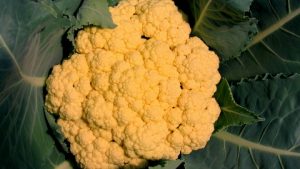


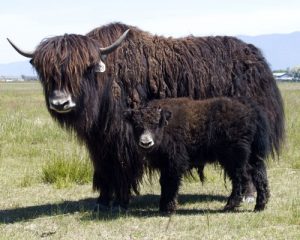 There is Angora from rabbits, cashmere from goats, but today’s story is about fiber from the Yak.
There is Angora from rabbits, cashmere from goats, but today’s story is about fiber from the Yak. here, is available at a wonderful Texas yarn shop where all products are highly curated—meaning sourced from suppliers who care about water, animals and the human beings who originate the fibers used.
here, is available at a wonderful Texas yarn shop where all products are highly curated—meaning sourced from suppliers who care about water, animals and the human beings who originate the fibers used. 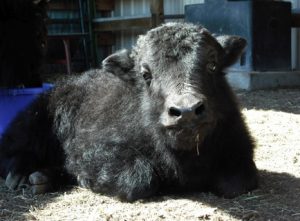
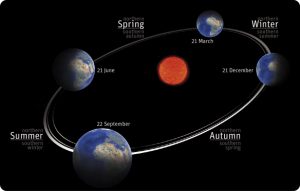
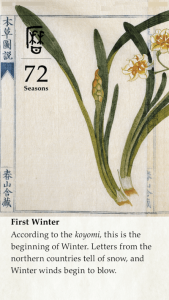 the season of “self heal sprouts” would be just behind us and we would be in the season of “deer shed antlers.” Looking forward we would have the season of “wheat sprouts under snow”, “parsley flourishes” and “pheasants start to call.” The ancient Japanese got their list from China and revised it to conform to their climate and geography. I plan to take this idea and start a list of 36 “seasons” that conform to my little world.
the season of “self heal sprouts” would be just behind us and we would be in the season of “deer shed antlers.” Looking forward we would have the season of “wheat sprouts under snow”, “parsley flourishes” and “pheasants start to call.” The ancient Japanese got their list from China and revised it to conform to their climate and geography. I plan to take this idea and start a list of 36 “seasons” that conform to my little world.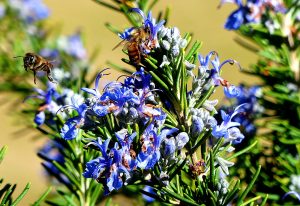
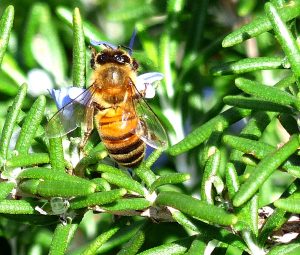
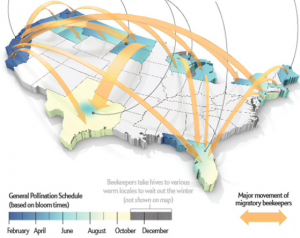 The migratory practice shown in the picture guarantees the spread of viruses, mites and fungi between the hives; using the bees on a single crop limits their nutrition needs and exposes the bees to a wide variety of pesticides. The traveling bees have abnormal gland sizes, lowered protein in their heads, low lipid content in their abdomens and a high mortality of older bees.
The migratory practice shown in the picture guarantees the spread of viruses, mites and fungi between the hives; using the bees on a single crop limits their nutrition needs and exposes the bees to a wide variety of pesticides. The traveling bees have abnormal gland sizes, lowered protein in their heads, low lipid content in their abdomens and a high mortality of older bees.  with a butter knife and waited for the honey to flow out. Then I strained it (large strainer to leave in the pollen) and put the “raw” unfiltered, unheated honey in jars. Lovely. A gallon and a half.
with a butter knife and waited for the honey to flow out. Then I strained it (large strainer to leave in the pollen) and put the “raw” unfiltered, unheated honey in jars. Lovely. A gallon and a half.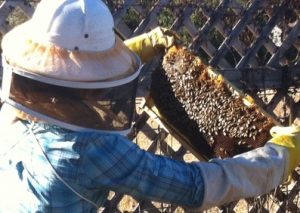
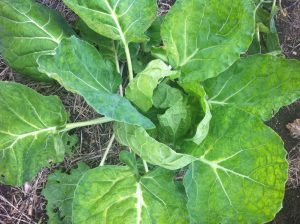
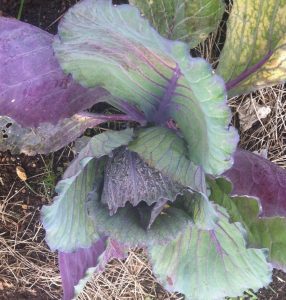
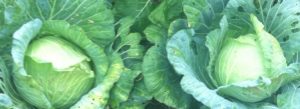
 the Native American tribe, the Wampanoag. This tribe had been infected by the bacteria, leptospirosis when European ships had visited in 1616. This disease, thought at various times to be typhus or small pox, killed 90% of the Wampanoag people by 1619. A microbe. Invisible to the human eye. The most horrible, horriblest-ever human invader would stare in amazement at such a death rate.
the Native American tribe, the Wampanoag. This tribe had been infected by the bacteria, leptospirosis when European ships had visited in 1616. This disease, thought at various times to be typhus or small pox, killed 90% of the Wampanoag people by 1619. A microbe. Invisible to the human eye. The most horrible, horriblest-ever human invader would stare in amazement at such a death rate.

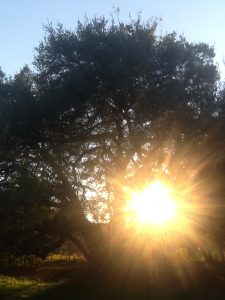
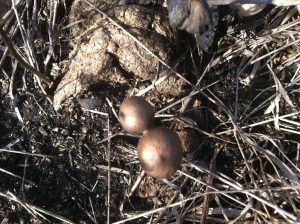
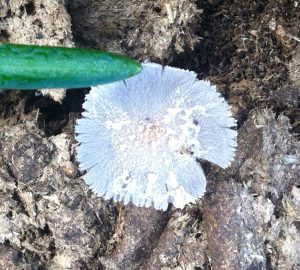 But last Wed
But last Wed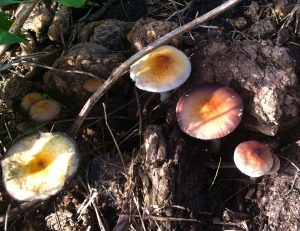
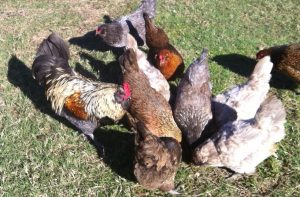 They have much to say to each other. There are two hens who are loners and don’t travel with the rest. This is typical of any flock and it is accepted that the best hens are the hens who flock together with the rooster, but I have great sympathy for my two hens who prefer their solitude.
They have much to say to each other. There are two hens who are loners and don’t travel with the rest. This is typical of any flock and it is accepted that the best hens are the hens who flock together with the rooster, but I have great sympathy for my two hens who prefer their solitude.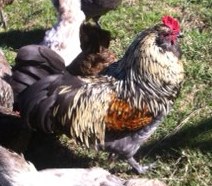 ed gardening writer in the late 19th century created dazzling gardens and she would agonize over allocating space to one plant or another. She was drawn as we all are to some sturdy plant with a long season of bloom. But, if a plant was supremely beautiful, she gave it space no matter how much care it needed and how short its bloom period. So the Kid gets space on our little farm because he is supremely beautiful.
ed gardening writer in the late 19th century created dazzling gardens and she would agonize over allocating space to one plant or another. She was drawn as we all are to some sturdy plant with a long season of bloom. But, if a plant was supremely beautiful, she gave it space no matter how much care it needed and how short its bloom period. So the Kid gets space on our little farm because he is supremely beautiful.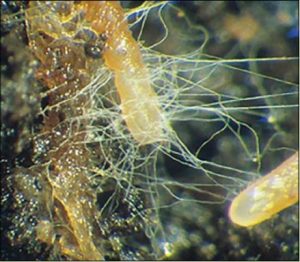 Fungal mycellium is a web. It is called “the neurological network of nature”. It is believed that behaves like a “sentient membrane” channeling information about nutrients and disease across a garden, across a prairie, across miles of forestland. Mycelium Running: How Mushrooms Can Help Save the World by Paul Stamets. I’ll say it again and again, it is clear humans do not have a corner on the sentience market. Stamets’ book is a rocking good read, and in addition to his theories on the communication skills of underground mycellium, the book contains a thorough description of the many forms of fungus that appear above ground: mushrooms, the poisonous, the hallucinogenic, the edible.
Fungal mycellium is a web. It is called “the neurological network of nature”. It is believed that behaves like a “sentient membrane” channeling information about nutrients and disease across a garden, across a prairie, across miles of forestland. Mycelium Running: How Mushrooms Can Help Save the World by Paul Stamets. I’ll say it again and again, it is clear humans do not have a corner on the sentience market. Stamets’ book is a rocking good read, and in addition to his theories on the communication skills of underground mycellium, the book contains a thorough description of the many forms of fungus that appear above ground: mushrooms, the poisonous, the hallucinogenic, the edible.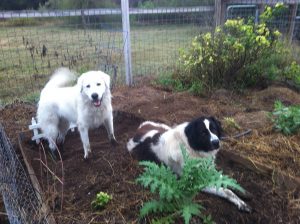 I explained to the dogs that they had torn up my mycelium that helps decompose organic matter; that the mycelium improves soil structure and has a symbiotic relationship with plant roots, called mycorrhizae. I went on to tell them that many kinds of plants require mycorrhizae in order to absorb the nutrients they need for healthy growth. These relationships between fungi and plant roots have developed over MILLIONS of years. The dogs were indifferent to all this science and very proud of their new doggie lounge.
I explained to the dogs that they had torn up my mycelium that helps decompose organic matter; that the mycelium improves soil structure and has a symbiotic relationship with plant roots, called mycorrhizae. I went on to tell them that many kinds of plants require mycorrhizae in order to absorb the nutrients they need for healthy growth. These relationships between fungi and plant roots have developed over MILLIONS of years. The dogs were indifferent to all this science and very proud of their new doggie lounge.